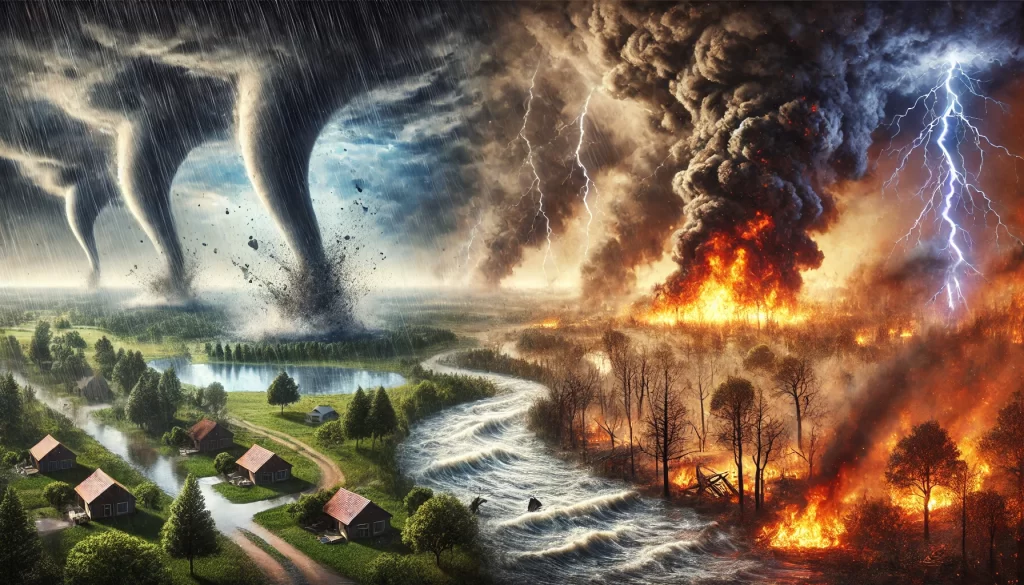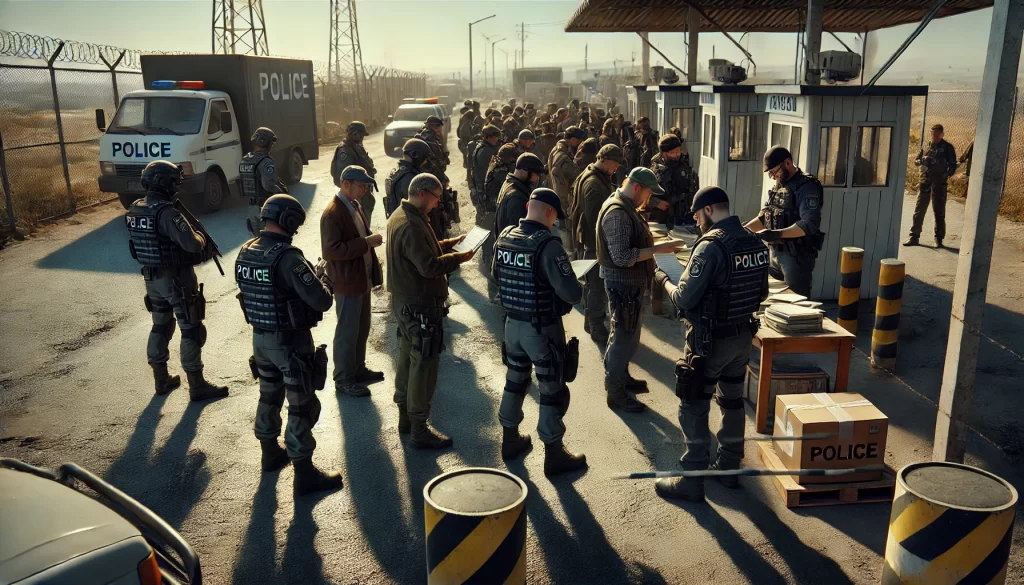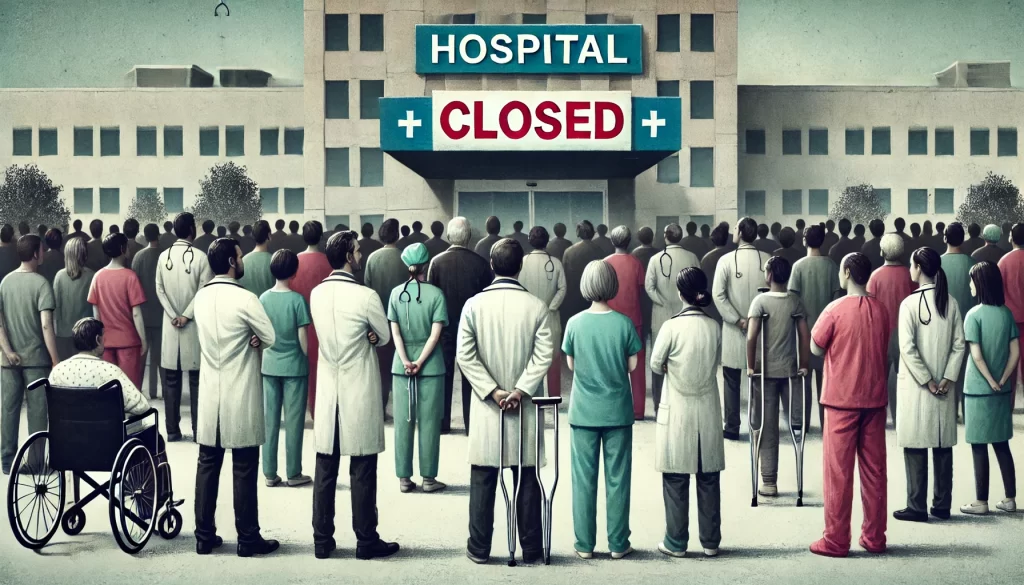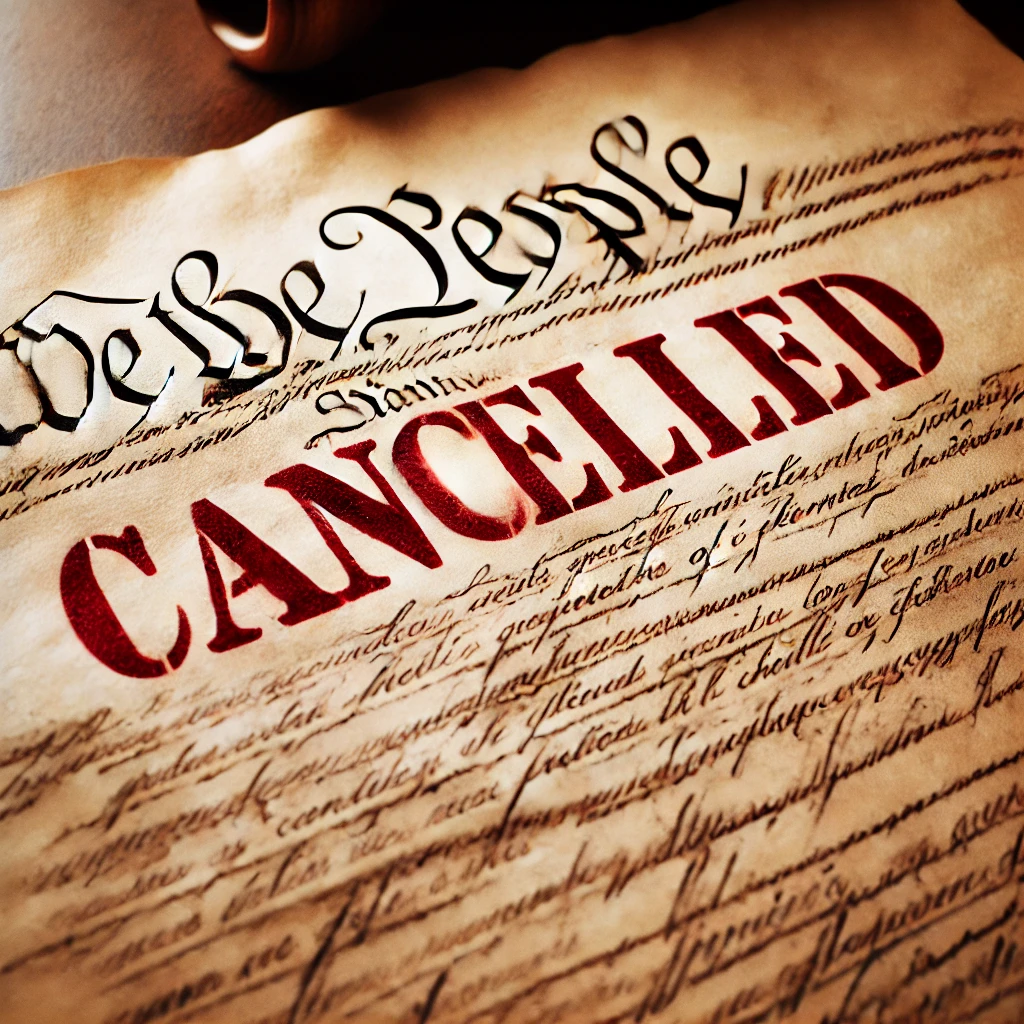
It Affects Us All
Climate change, one of the most critical challenges facing humanity in the 21st century, seems to be forgotten in all the controversy surrounding DOGE. Regardless of everything else going on, we can’t ignore climate change because it affects global temperatures, weather patterns, ecosystems, and economies. The overwhelming scientific consensus is that human activities—primarily the burning of fossil fuels—are driving climate change.
The existence of climate change and the impact of human activity, like any other field of science, includes areas of disagreement among researchers. One of the principal areas of disagreement is about the sensitivity of the climate to the increase in CO2 production and the rate at which global warming will occur. There’s also discussion about how effective climate models may be with some arguing that the models may either overestimate or underestimate certain effects. A significant area of disagreement is over what is known as the “tipping points”. This is a debate about when or if certain events such as ice sheet collapse, permafrost thaw or ocean circulation changes might occur. Some argue these events could trigger rapid self-reinforcing climate shifts while others believe changes will be more gradual. Even with this disagreement there is broad acceptance that climate change has increased the frequency and intensity of heat waves, heavy rain and extreme weather.
As intense as some of these scientific debates maybe, they pale in significance beside the political debates being generated around climate change.
When the possibility of climate change was first recognized in the 1970s and 1980s there was bipartisan support to address possible remediation of long-term impacts. Republican President Richard Nixon signed landmark environmental laws including the Clean Air Act.
During the 1990s climate change became more polarized. President George H. W. Bush begin to frame climate change policy as an economic threat. George W. Bush rejected the Kyoto Protocol to avoid “economic hindrance”.
By 2008 the partisan divide had significantly increased. Republicans increasingly dismissed climate risks while Democrats amplified the urgency of taking action. By 2023, 78% of Democrats prioritized climate policy, but only 21% of Republicans viewed climate action as urgent despite increasing climate risks in some GOP dominated states such as Florida and Texas.
The partisan gap expanded as conservative science skeptics continued to raise issues about rates of change, economic impacts and potential solutions. These conservatives tend to view climate policies as government overreach, while progressives hold the position that the government led initiatives are essential to combat environmental threats.
As they have in many other issues, the media have lined up into conservative and progressive camps. The conservative leaning media downplays climate risks while the liberal leaning media emphasizes the danger and need for urgent action. As with many other things this leads to a “echo chamber” effect simply reinforcing political beliefs without adding anything new of significance to the debate.
The Trump administration has signaled its desire to undo many of the climate change initiatives put in place by Democratic administrations. On January 20, 2025, President Trump signed Executive Order 14162 directing the immediate withdrawal of the United States from the Paris Climate Agreements and related international climate commitments. He has declared a “National Energy Emergency” to accelerate fossil fuel development and ease restrictions on the construction of new oil and gas projects. As part of this effort, he has weakened environmental reviews. This is expected to significantly increase fossil fuel consumption and associated greenhouse gas emissions. The Trump administration has begun the rollback of environmental regulations. Lobbyists for the oil, gas and chemical industries have been appointed to the Environmental Protection Agency to reverse climate regulations and pollution controls.
The administration is withdrawing funding for clean energy initiatives including those aimed at reducing carbon emissions and promoting renewable energy resources. The administration has initiated a review of the “legality and continued applicability” of the EPA’s endangerment finding which is the basis of most federal regulations on greenhouse gas. The administration rolled back regulations limiting methane emissions from oil and gas operations. The definition of “waters of the United States” under the Clean Water Act was narrowed, potentially allowing increased pollution in streams and wetlands.
We can expect increases in severe weather because of Trump’s environmental policies. These policy decisions collectively hinder efforts to mitigate climate change, potentially leading to increased greenhouse emissions and global warming. Reduction in funding for climate change research and the rollback of environmental regulations will have long term adverse effects on both domestic and global environmental health.
Significant budget cuts and layoffs within agencies like the National Oceanic and Atmospheric Administration (NOAA) could impair the ability to forecast and respond to severe weather events. For instance, the reduction of meteorologists and environmental scientists may hinder critical forecasting services, affecting public safety during events like hurricanes, tornados and floods.
The U.S. withdrawal from international climate initiatives, such as the Loss and Damage Fund, reduces financial support for developing countries dealing with climate-induced disasters. This could lead to inadequate infrastructure and preparedness in vulnerable regions, potentially increasing the severity of weather-related impacts.
While it is challenging to attribute specific future weather events to current policy changes directly, the administration’s environmental policies will likely contribute to conditions that favor more frequent and intense extreme weather events. The combination of increased greenhouse gas emissions together with weakened environmental regulations, reduced climate research capabilities, and diminished global climate cooperation collectively enhance the likelihood and impact of severe weather phenomena. This damage to our environment needs to be prevented! Once it occurs it will be difficult to ever reverse and our children and grandchildren will suffer as a result.











What Is Fascism Anyway?
By John Turley
On March 29, 2025
In Commentary, History, Politics
Fascist! The very word conjures up images of totalitarianism, militarism, suppression of dissent and brutality. Unfortunately, it’s become a ubiquitous portion of our political discourse. Each side, at one time or another, has accused the other of being fascist. But what do they really mean by fascist? Do they understand the definition and the reality of fascism? Or do they simply mean: “I disagree with you, and I really want to make you sound evil.”
I decided I needed to know more about fascism, so I’ve done some research, and I’d like to share the results with you. As I frequently do, I’ll start with the dictionary definition. According to Merriam-Webster fascism is a political philosophy, movement, or regime that exalts nation and often race above the individual and that stands for a centralized autocratic government headed by a dictatorial leader, severe economic and social regimentation, and forcible suppression of opposition.
As with many dictionary definitions, it gives us the 50,000-foot view without any real detail. What I’d like to do is cover the origins of fascism, its basic principles and how it rose to prominence in the middle of the 20th century. I also want to compare fascism to communism—another ideology that shaped much of the 20th century—and to provide insights into the differences and similarities between these two systems.
The Origins of Fascism
Fascism emerged in the early 20th century, primarily in Italy, as a reaction to the perceived failures of liberal democracy and socialism. The term itself comes from the Italian word “fascio,” meaning a bundle or group, symbolizing unity and collective strength. It also references fasces, a bundle of rods tied around an ax symbolizing authority in the Roman Republic. It was appropriated as a symbol by Italian fascists in an attempt to identify with Roman history, much as American patriotic symbols are being appropriated by the radical right in the U.S. today.
Benito Mussolini, an Italian political leader, is often credited as the founder of fascism. He established the groundwork for first fascist regime in Italy beginning in 1922 after he was appointed Prime Minister. Fascism arose in a period of social and economic turmoil following the First World War. Many people in Europe were disillusioned with the existing political systems, which they believed had failed to prevent the war and its devastating consequences. The post-war economic instability, along with fears of communist revolutions like the one in Russia, provided fertile ground for the rise of fascist movements.
Moussolini, together with Italian philosopher Giovanni Gentile, published “The Doctrine of Fascism” (La Dottrina del Fascismo) in 1932, after he had consolidated political power in his hands. It lays out the guiding principles and theoretical foundations of fascism, stressing nationalism, anti-communism, the glorification of the state, the belief in a strong centralized leadership, and the rejection of liberal democracy.
The Philosophical Basis of Fascism
Fascism is rooted in several key philosophical ideas:
Implementation and Practice of Fascism
Fascism has been implemented in various forms, with Italy under Mussolini and Nazi Germany under Adolf Hitler being the most prominent examples. In practice, fascist regimes are characterized by:
Comparing Fascism and Communism
While both fascism and communism reject liberal democracy, they differ significantly in their goals and methods.
Comparative Examples
Conclusion
Fascism and communism, despite their profound differences, share certain similarities in practice, particularly in their authoritarianism and intolerance of dissent. However, their philosophical foundations and goals are fundamentally different: fascism seeks to elevate the nation above all else, while communism theoretically aims to create a classless society. Understanding these ideologies and their historical manifestations is crucial for anyone interested in the political history of the 20th century and its lasting impact on the world today.
We can use our understanding of fascism and its comparison to democracy to ask important questions. What kind of government do we want? Are there any possible crossovers or compromises between the two? And, importantly, should there be?
Postscript
Many of the ideas in this post were inspired by two excellent books on the subject, “The Origins of Totalitarianism” by Hannah Arendt and “Fascism: A Warning” by Madeleine Albright.